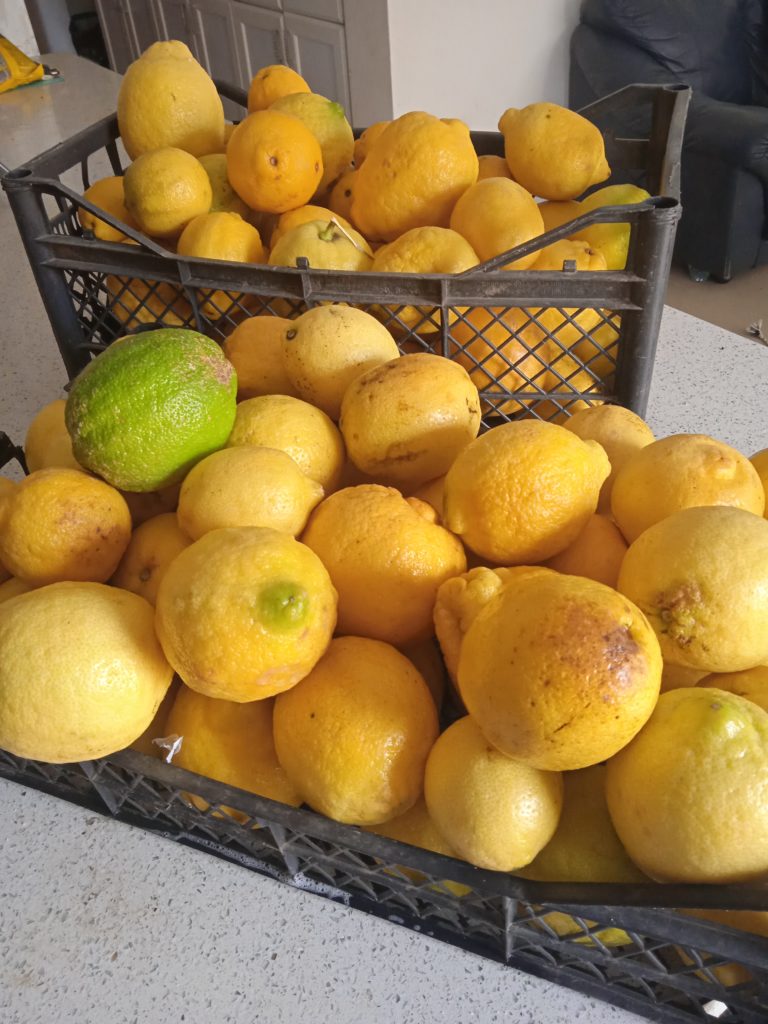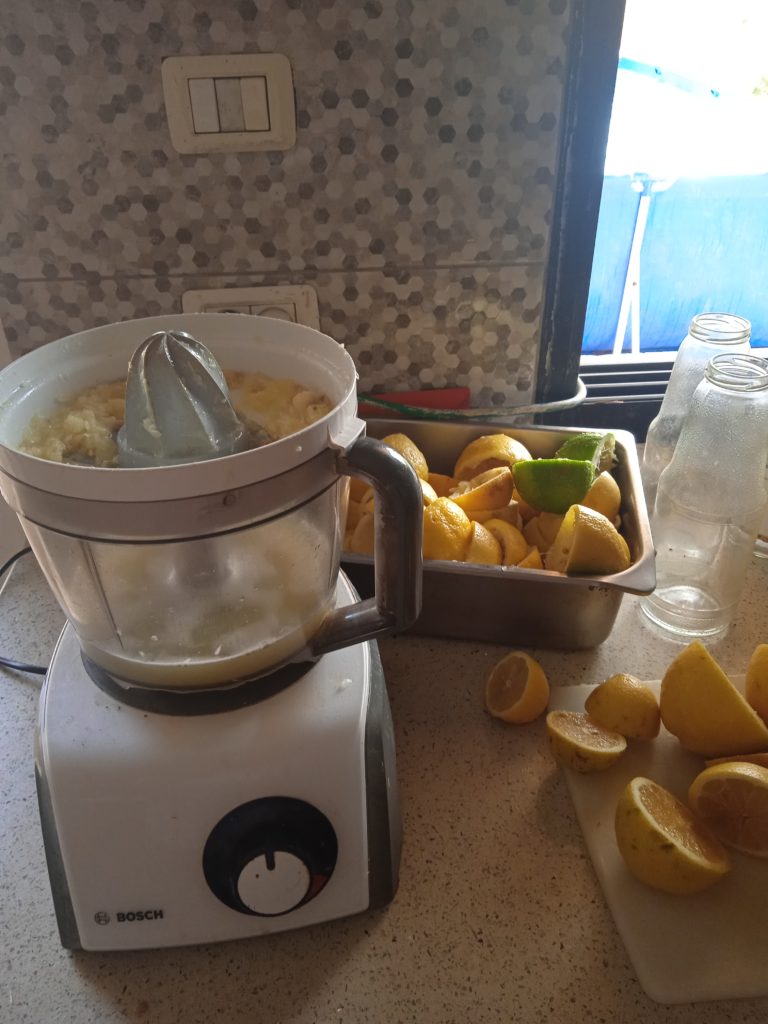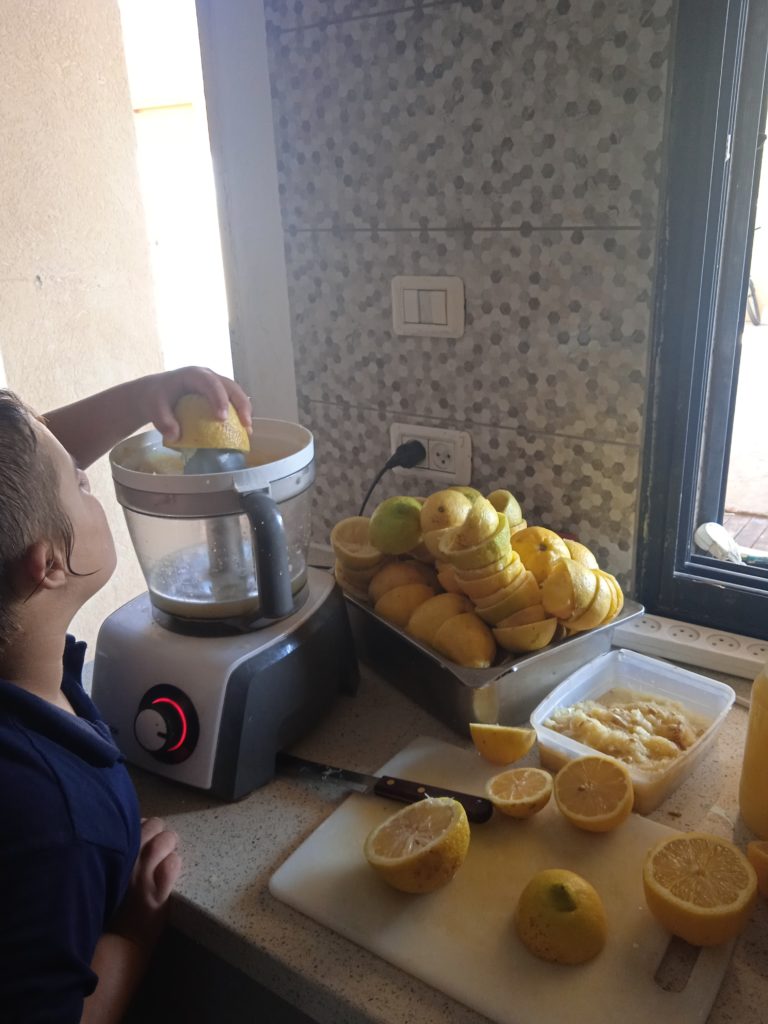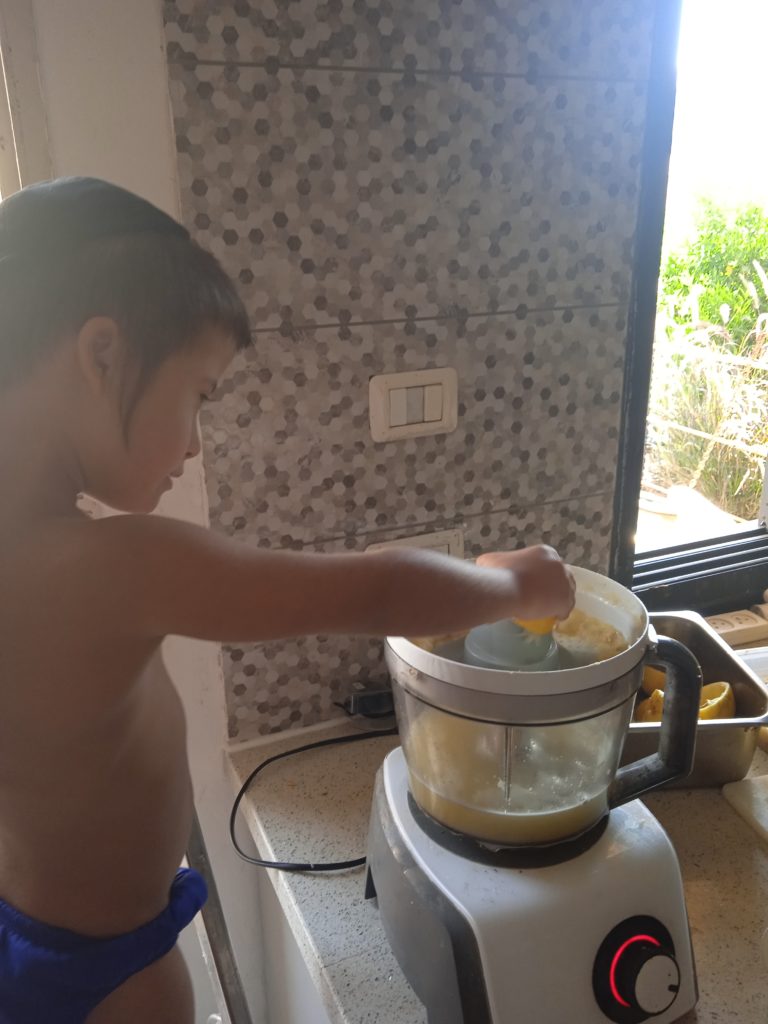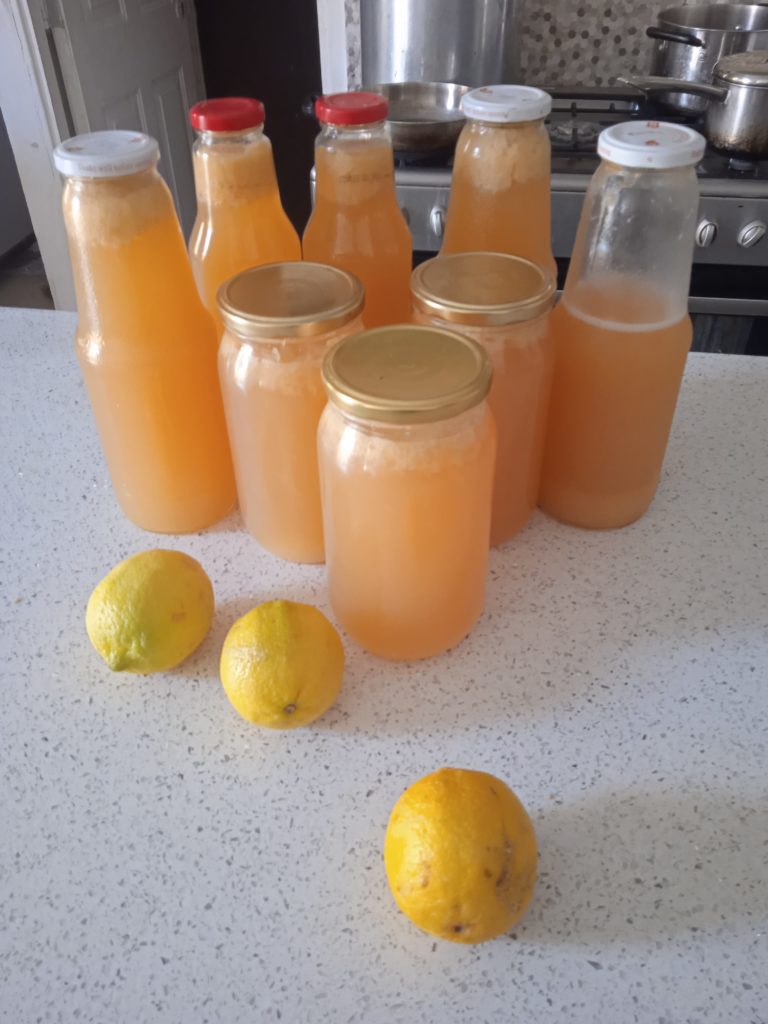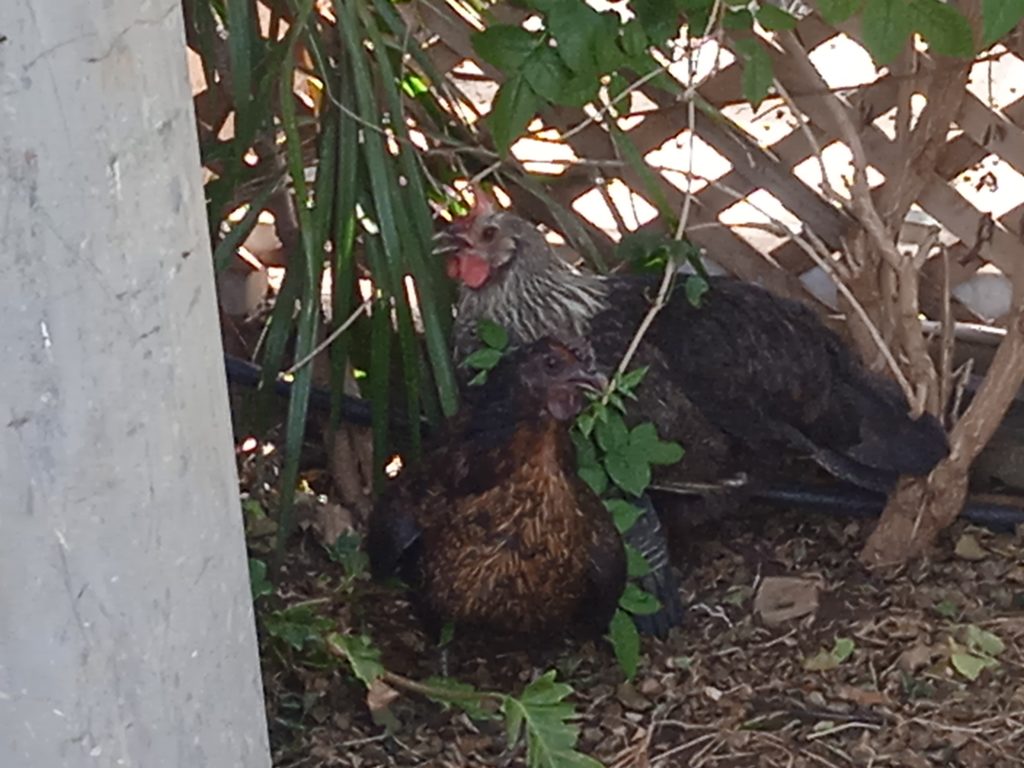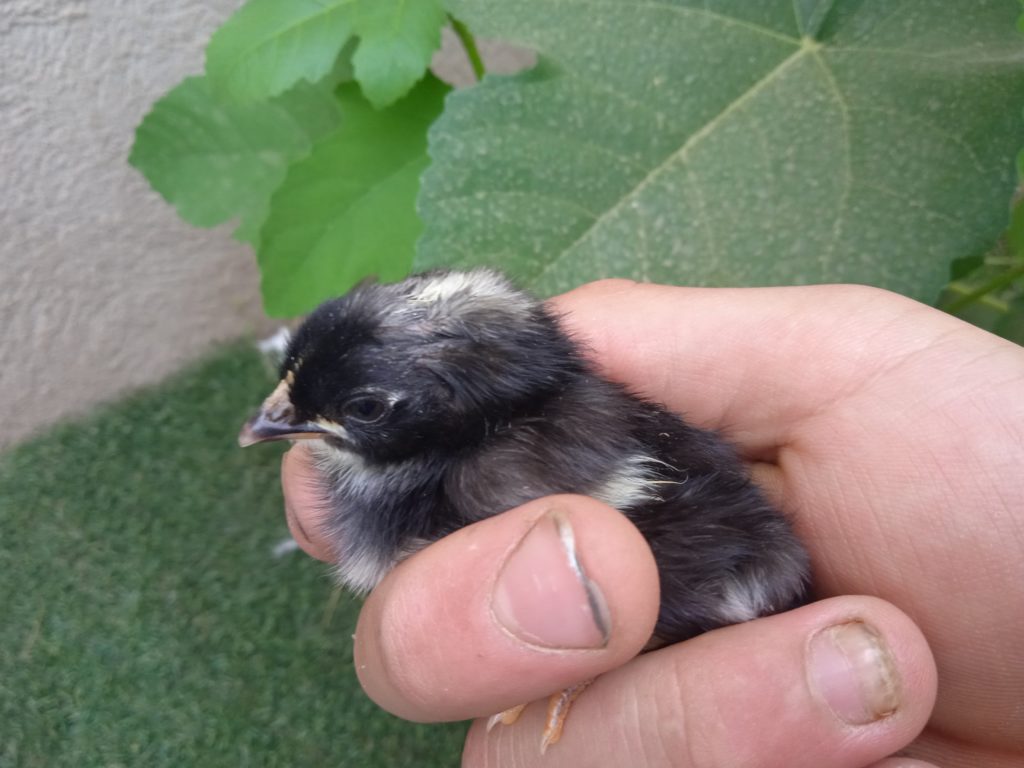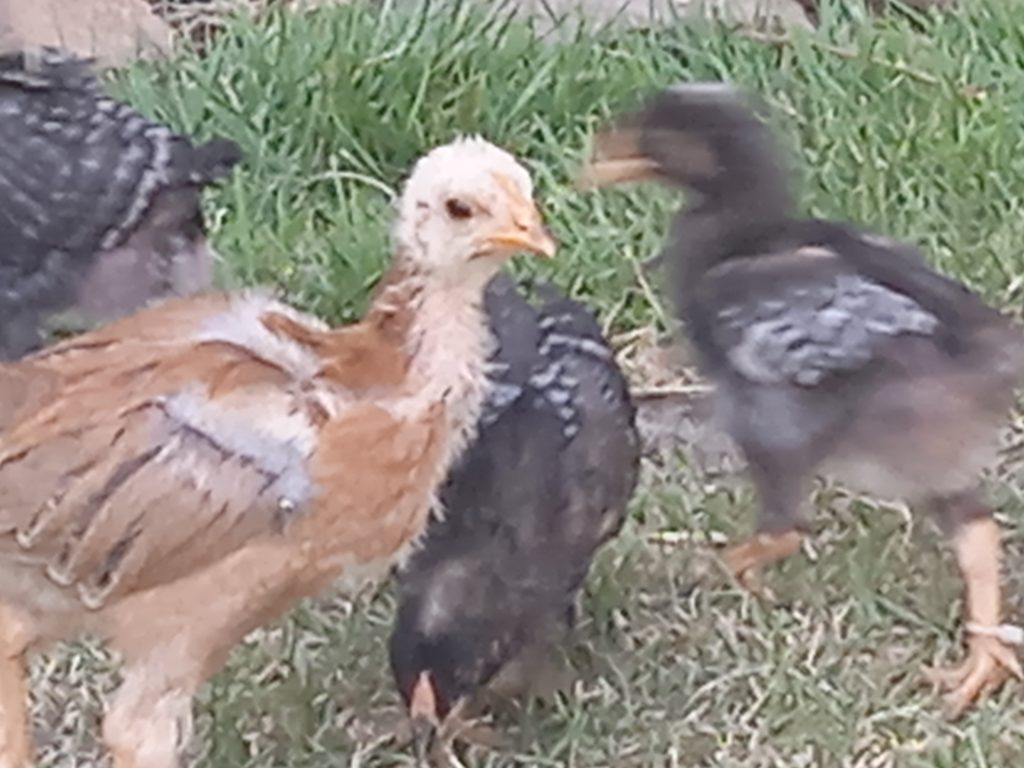I started looking at ads to buy goats, then realized I better get a pen built first so that I didn’t create unnecessary stress for myself by finding the kind of goats I wanted but not having a place to keep them. So my husband stepped in as the overseer of that building project while a couple of our boys did the building.
I had been planning a certain kind of pen, but when I saw how expensive the goats are, was inspired to offset those costs by finding more frugal options for building the pen. I settled on using pallets, which are a good source of free wood, but they come with the not insignificant effort of dissembling them. For the pen design itself, we decided to minimize our work and use whole pallets, mostly avoiding the need to take them apart (the door is the exception).
Building with whole pallets has its challenges; since the pallets aren’t identical there’s extra time and effort involved so that the end result doesn’t look haphazard. Ds16 and ds14 worked together to get the main pen built; my only physical input was to redirect some passionfruit vines from along our fence to the area above the pen. Passionfruit grows quickly and my intention is for them to is that they will eventually cover the top of the pen, providing shade as well as making it look more visually appealing.

Building the door did require wood of a specific size, so ds14 found a method that is very effective in breaking them apart – though he makes it look easy he quickly developed blisters on his hand and I felt tired just watching him. That young man has a huge work ethic and a lot of stamina! Once he took the pallets apart, he built the door and now all that’s remaining to add is a lock.
Though doing your own projects is less expensive than paying someone, building materials nonetheless add up quickly. Ds14 and ds20 discovered this for themselves last year when they co-purchased geese and building materials for a pen. I suggested to them that they consider using recycled wood, but they didn’t think it was worth the effort. They spent 1500 shekels on a wooden frame, chicken wire and screws, and soon experienced for themselves how fast the expenses added up. Later when they decided to end the goose experiment, ds14 decided to switch over to chickens and wanted to add a chicken run. He chose to use recycled materials; almost doubling the space but spent only 100 – 200 shekels more).
Independent of cost considerations, I very much like reusing and recycling. It’s gratifying for me to find a way to use what I already have or what already exists rather than get something new.
About using pallets – it’s important to know that they have different codes printed on the pallet that indicate how the wood was treated. Sometimes dangerous chemicals are used and those pallets marked as such should be avoided for a project like this. We chose pallets that were untreated or heat treated. To see a list of the symbols and what they stand for, check out this site.
My husband gets the credit for shlepping the pallets home. Talk about a good attitude – he did it smilingly and told me he appreciated the chance to get a physical work out loading and unloading them (so far he’s brought home 25 pallets!). Next on the list of pallet projects is a hay feeder, milking stand and outdoor stairs.
Avivah

